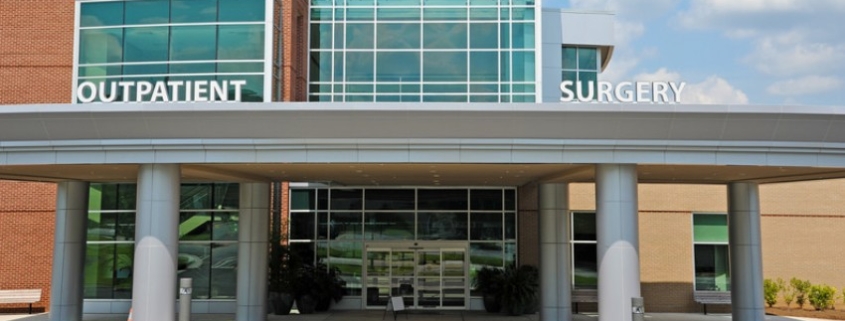5 Medical Developments Under Construction In Frisco, Texas
 1. Heritage Business Park
1. Heritage Business Park
The medical and professional office condos are expected for delivery by December. The outdoor space offers a large green area, water features and benches. The location is in close proximity to Baylor Medical Center, Methodist McKinney Hospital and Baylor Scott & White Medical Center.
Space: 1,300-9,054 square feet
Timeline: delivery fourth quarter of 2019
Address: 11655 Independence Parkway, Frisco
2. Baylor Scott & White Institute for Rehabilitation
The Institute is adding an extension to its existing building. It will include a new outpatient/day neuro-therapy gym, a driving simulator room, a neuropsychology and counseling area with an adjacent tranquility room, an enclosed courtyard and neuro-optometry. “This expansion enables the patients and communities we serve to have access to cutting-edge programs, resources and technology,” Baylor Scott & White Institute for Rehabilitation–Frisco CEO Ryan Seymour said in a statement. “The outcome and goal is to get patients, families and friends back to work and actively living normal daily life after injury or illness.”
Space: 12,000-square-foot extension
Timeline: broke ground May 16, expected to be complete first quarter of 2020
Address: 2990 Legacy Drive, Frisco
3. Building 2 of Waterstone Office Park
The building is under construction for Class A medical and professional office condos and is set to have seven suites.
Space: 2,178 to 15,740 square feet
Timeline: end of June
Address: 255 W. Lebanon Road, Frisco
4. Mateo Office Park
The office park has 14 professional office and medical spaces with its last building set to finish this fall. The development will provide suites from 1,500 square feet as well as a clock tower landmark with a roundabout.
Space: 2,000-10,000 square feet
Timeline: completion scheduled for this fall
Address: 8501 Wade Blvd., Frisco
5. Prestonbrook Circle Office Park
The development is set to complete 14 professional and medical office spaces in 2020 and is joined with upscale retail and restaurants for lease and sale.
Space: 1,250-5,790 square feet
Timeline: broke ground in May, completion in first quarter of 2020
Address: 6900 Preston Road, Frisco
Source: Community Impact Newspaper




